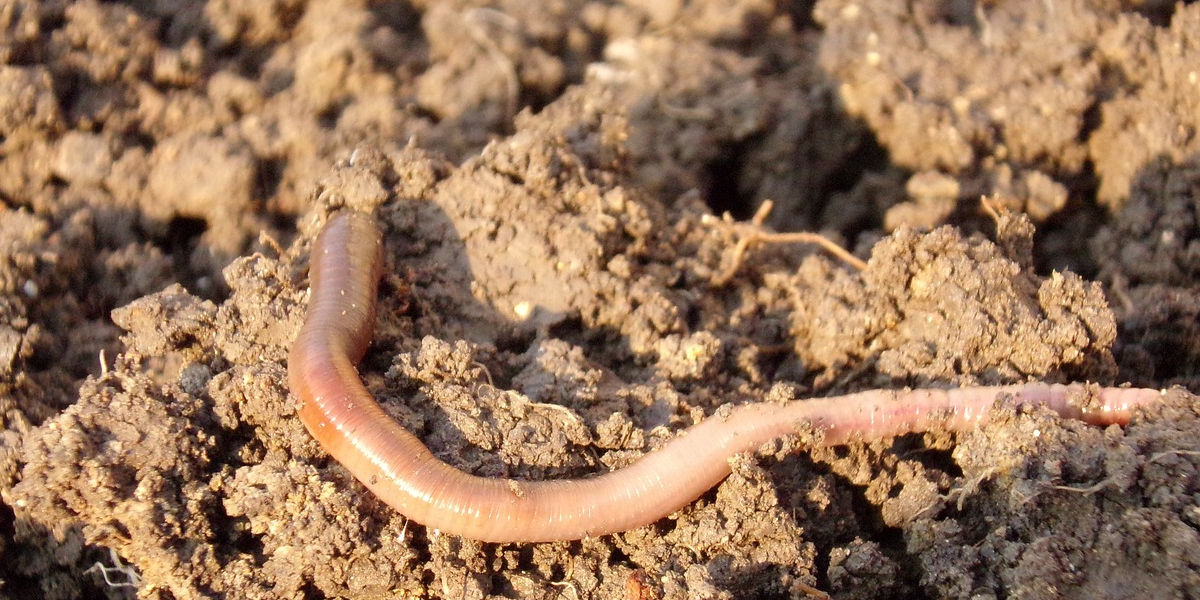Astonishingly enough, an earthworm split in two can thrive as two separate entities, a starfish's severed arm can blossom into a whole new starfish, and certain salamanders shrug off lost limbs as if they were old jackets. These are quintessential examples of animals that can regenerate, demonstrating unparalleled resilience and providing a testament to the wonders of nature. Understanding its mechanisms could revolutionize human medicine by unraveling the secrets of tissue reconstitution and organ rejuvenation.
Can Some Animals Regrow Body Parts?
What was once considered the stuff of science fiction is an everyday reality in the animal kingdom. Regeneration- the process of reviving lost body parts, is a fascinating natural phenomenon that varies greatly among animal species. It ranges from wound healing and scar formation, similar to human recuperative processes, to complex regrowth like entire body parts - imagine the ability to replace a lost limb at will!
Simple organisms like sponges and Hydra can regenerate their entire bodies from just a few cells – an impressive feat of survival. Turning the spotlight onto forests and lakes, salamanders and starfish showcase remarkable regenerative abilities. When a starfish loses an arm, it is capable not only of regrowing the lost appendage but often growing an entirely new body from the amputated arm, making "starfish regrowth" a perfect embodiment of this incredible phenomenon.
Starfish Regrowth: A Masterstroke of Nature
Starfish, or sea stars, are marvels of the ocean depths, but they hide an even more impressive secret within their star-shaped bodies. Many sea star species can regenerate entire bodies from just one piece of their body or a single severed limb - hence, each part contains all the necessary information to form an entirely new creature.
The Power of Regeneration
When thinking about miraculous regenerative potentials in the animal kingdom, the dearth is impossible to ignore. Earthworms can grow into two new worms when cut in half, starfish can regrow arms, and lobsters can regrow claws, legs, and antennae. On a more remarkable note, the tiny aquatic creature known as the hydra can regrow its entire body from just a piece of tissue.
Now imagine if the same ability was applied to humans - lose a hand in an accident? No worries, it'll grow back. Diabetes destroyed your pancreas? Never fear, a new one is on its way. The possibilities are, literally, endless.
The Regenerative Champions
Amongst the regenerators, salamanders and axolotls are extraordinary. They can regenerate their limbs, spinal cord, heart, eyes, and parts of their brain. The regeneration process is no easy feat - it requires cells at the injury site to de-differentiate, reverting back to a state similar to stem cells, which can then develop into any cell type needed to heal the wound. This ability to de-differentiate cells is something humans can't naturally do - as if there is a regenerative barrier we are yet to cross.
Why Can’t Humans Regenerate?
Many scientists believe that humans underwent an evolutionary trade-off. Regeneration requires a substantial amount of energy, and there carries a risk of cells growing too much, too far, leading to cancers. This could be one reason why humans and other mammals have limited regenerative abilities, unlike the likes of salamanders. But the exact details continue to be a big question mark in the scientific community.
Unlocking the Mystery of Regeneration
Understanding and uncovering the secrets of these regenerative abilities could revolutionize medicine. If we can decipher how certain animals have the power to regenerate, then potentially we can stimulate this ability in humans. However, this is a complex task with enormous challenges still to be faced. Scientists are working relentlessly, conducting research on animals like salamanders and axolotls, in the hope of someday applying their findings in human medicine, pushing the boundaries of what is currently thought possible.
Conclusion
In a world where the medical community is constantly pushing the boundaries of current knowledge and ability, the study of regenerative capabilities in animals offers a beacon of hope. Like any scientific pursuit, the road is long and full of challenges. Nevertheless, the potential reward is undeniable: enabling humans to regenerate lost or damaged body parts, significantly improving the quality of life for millions of people worldwide.




